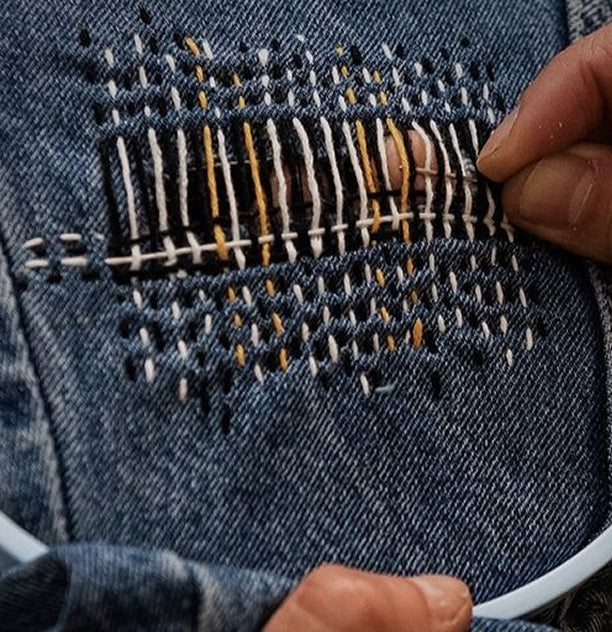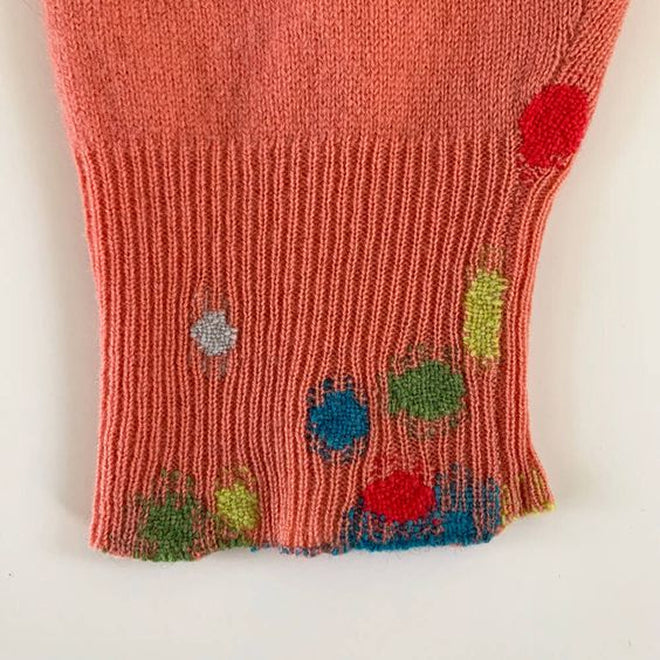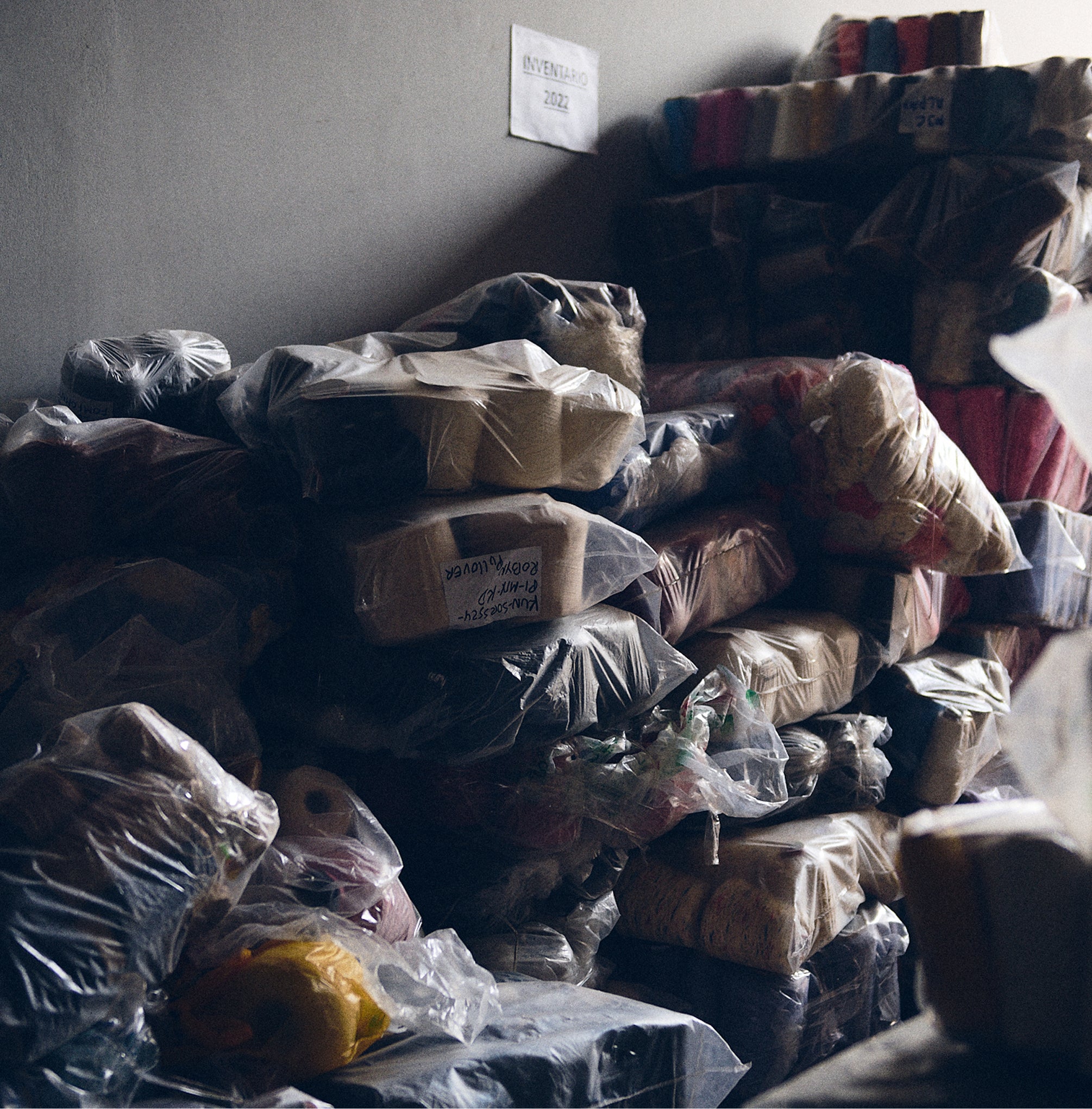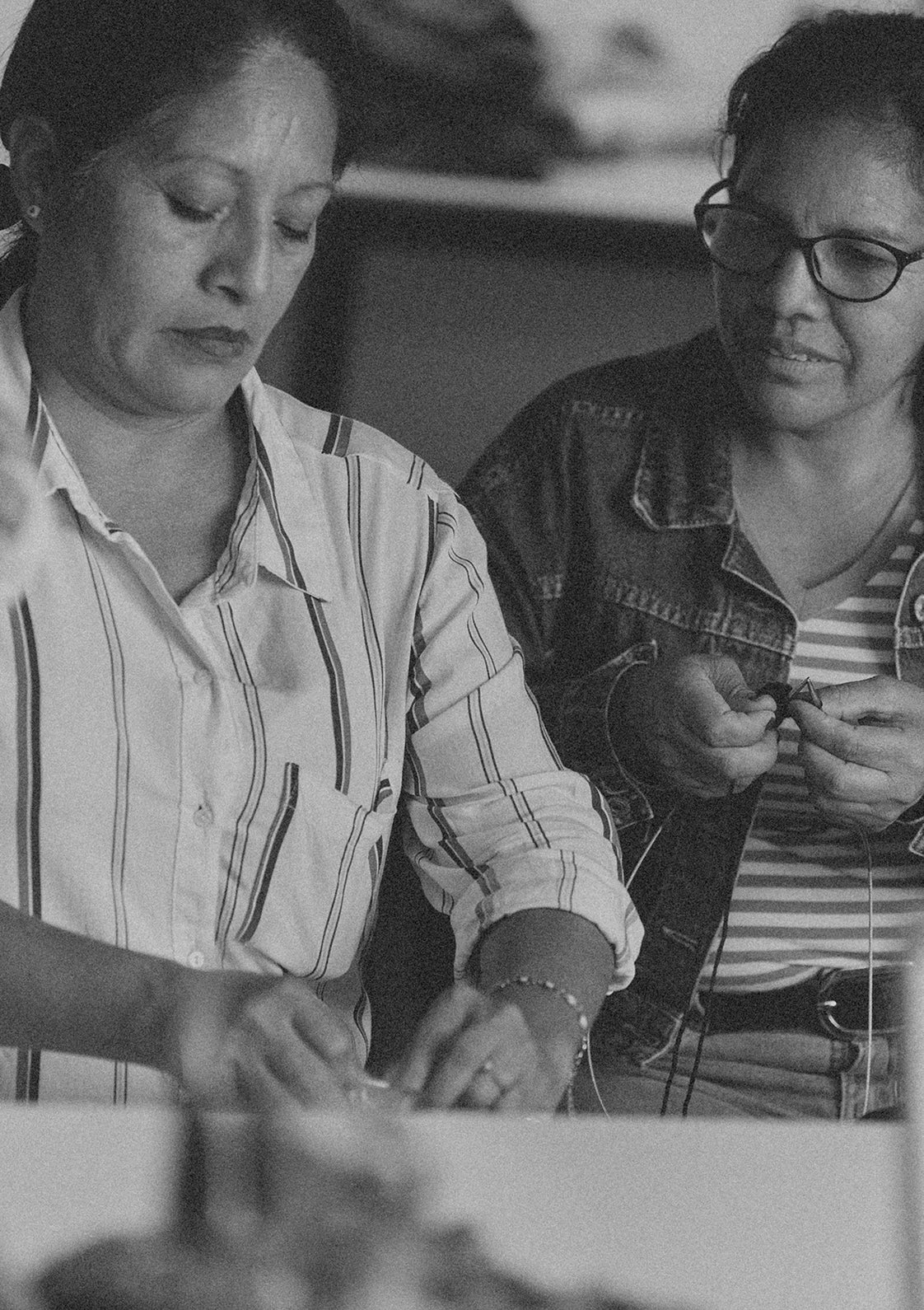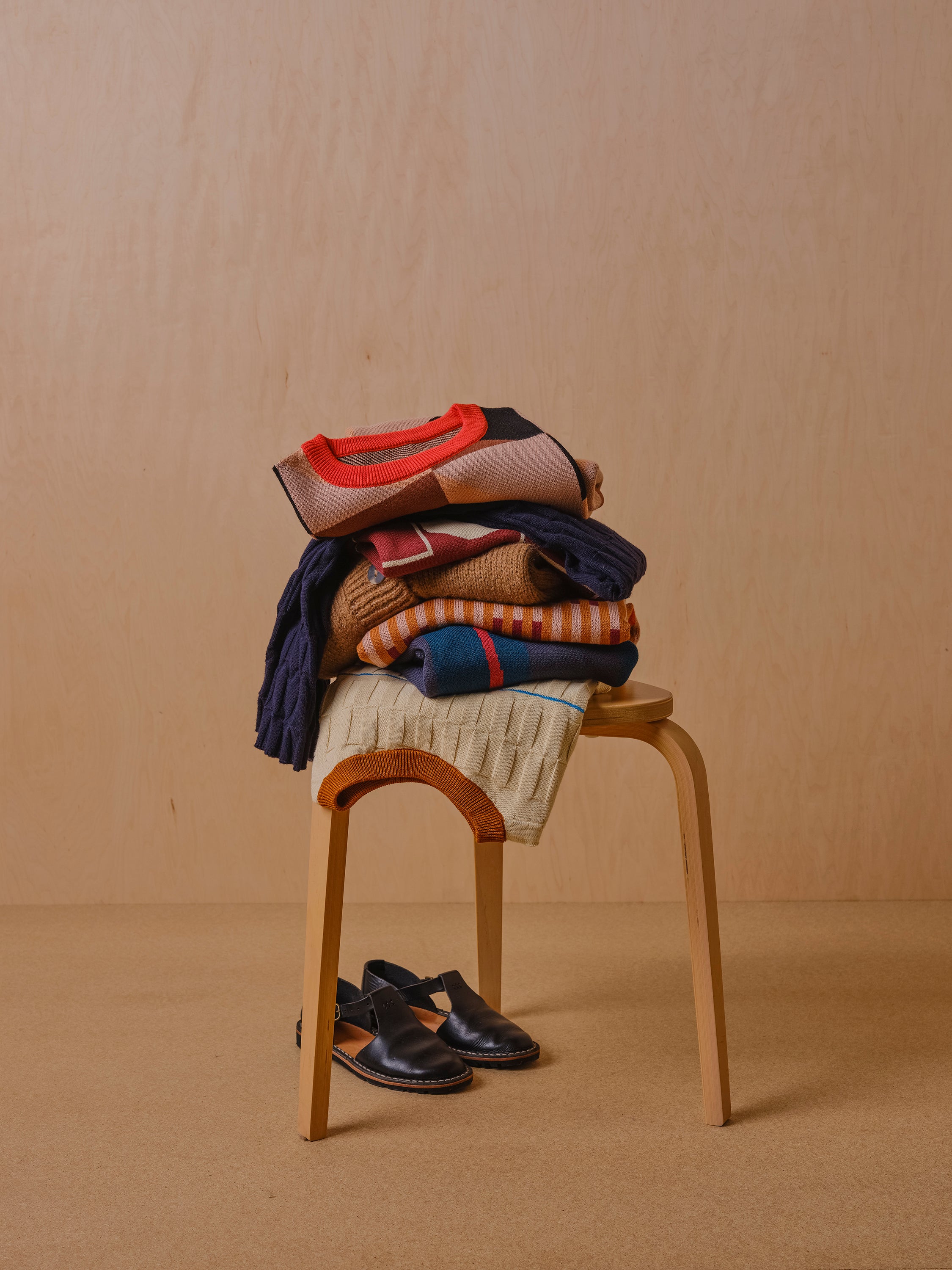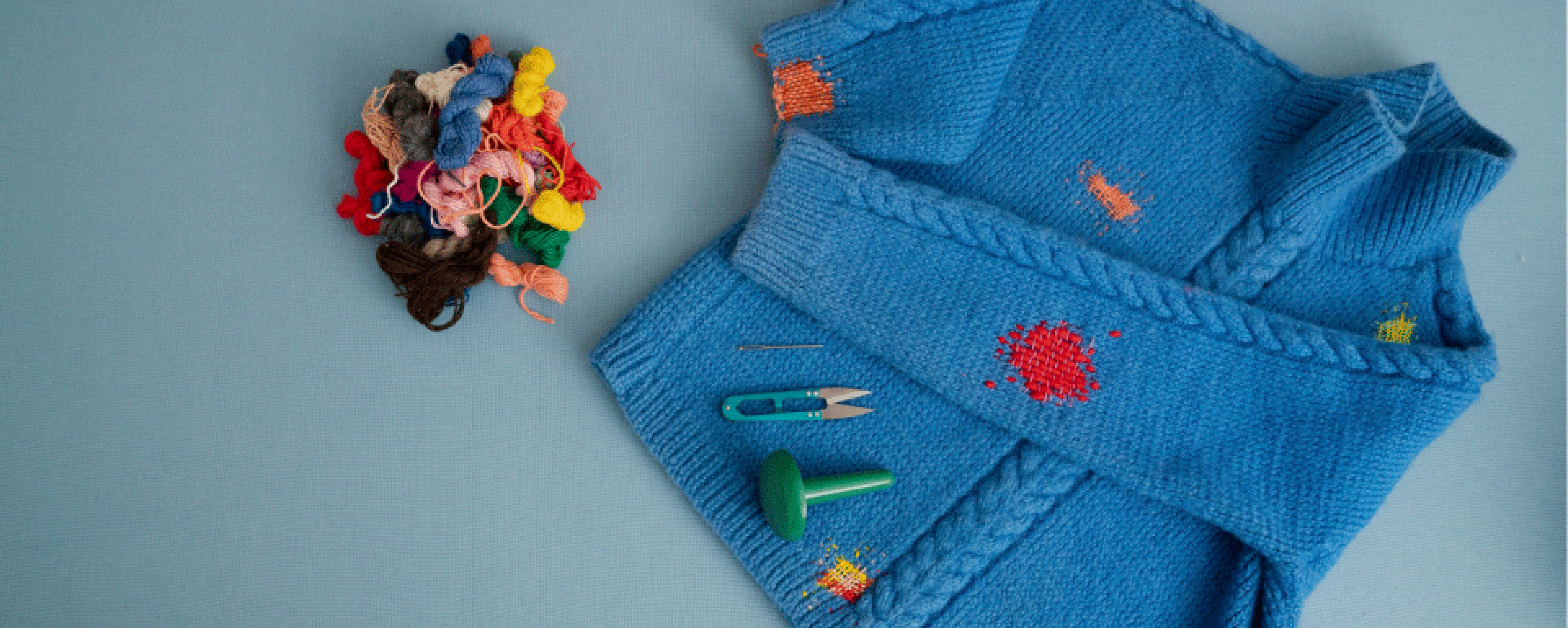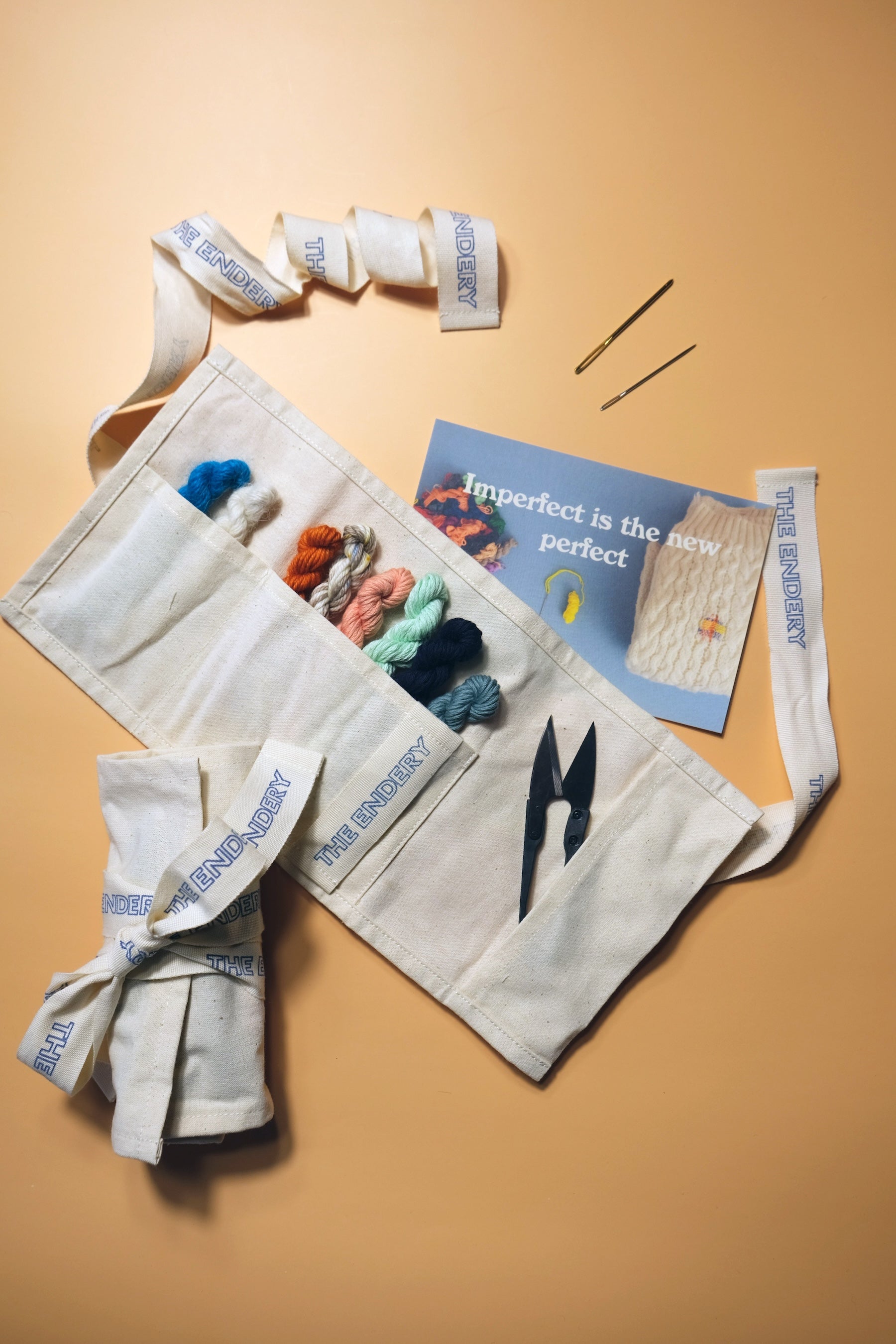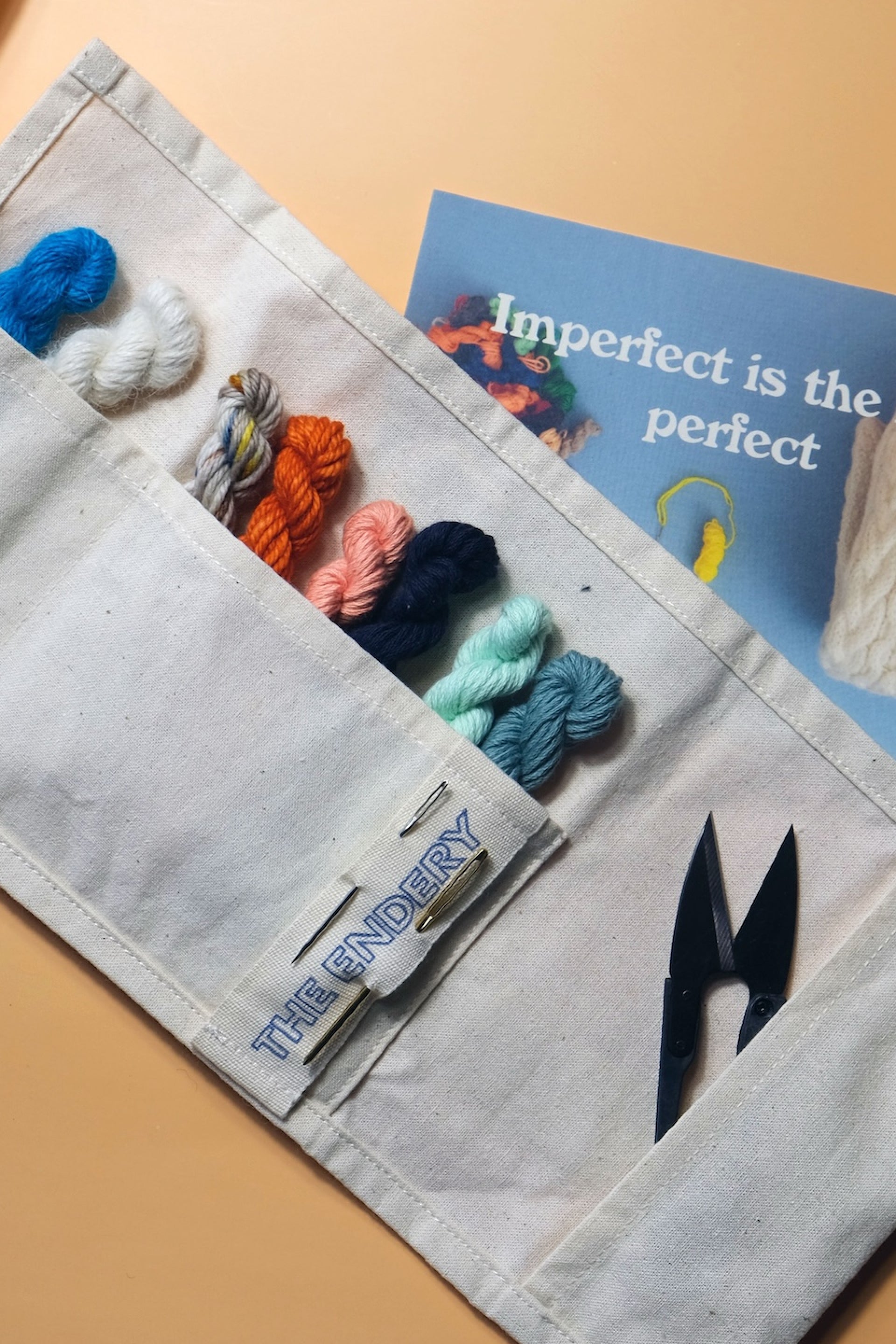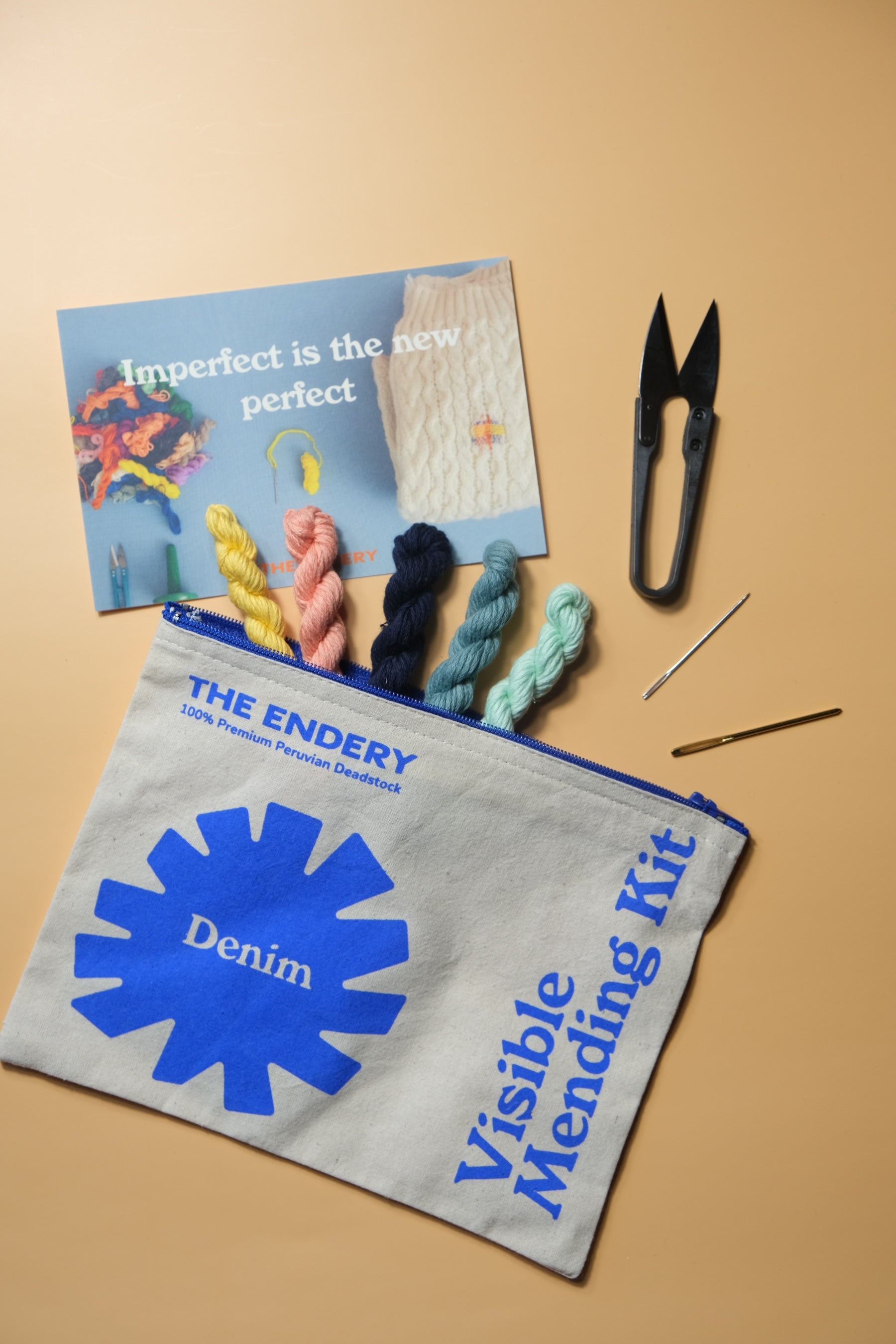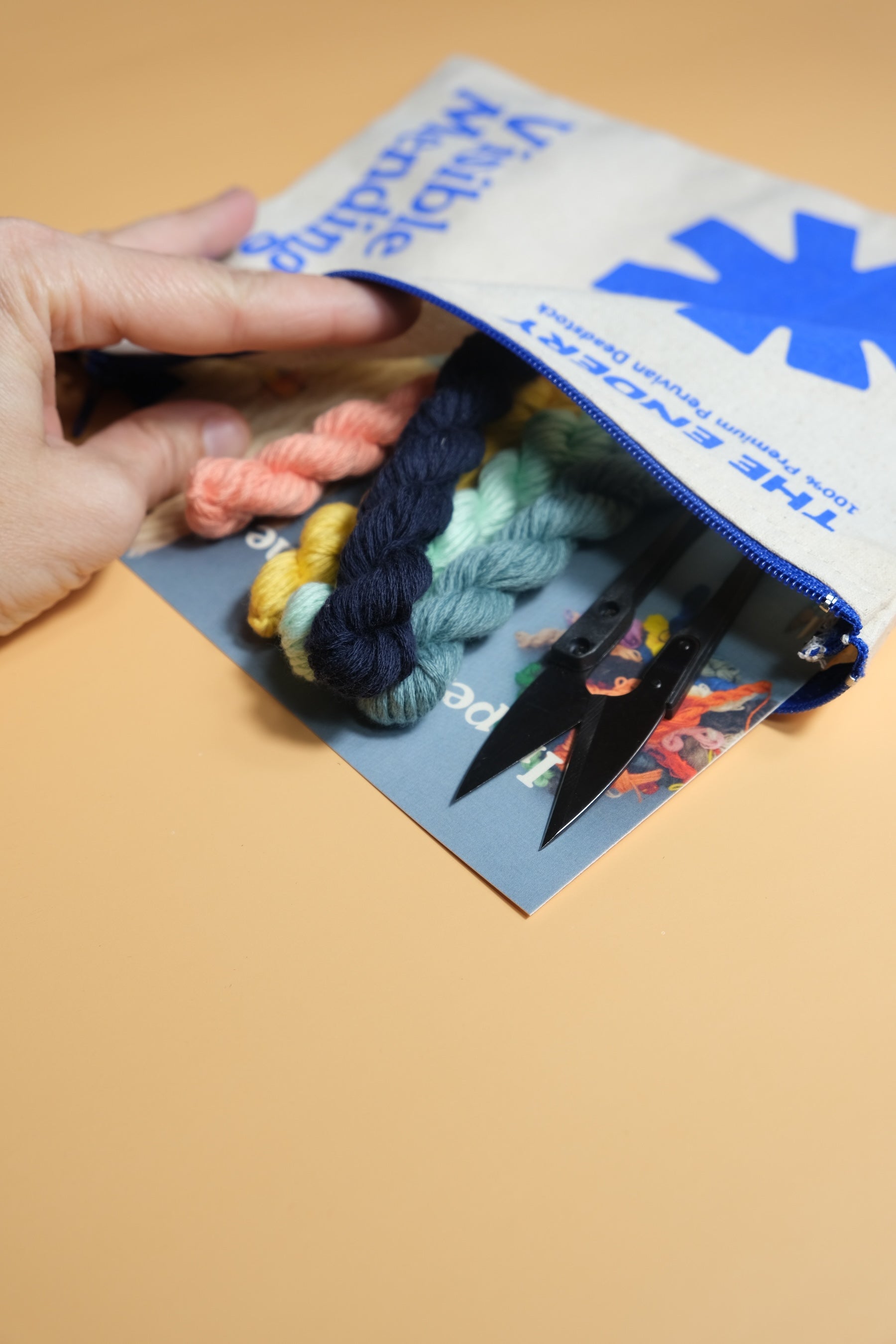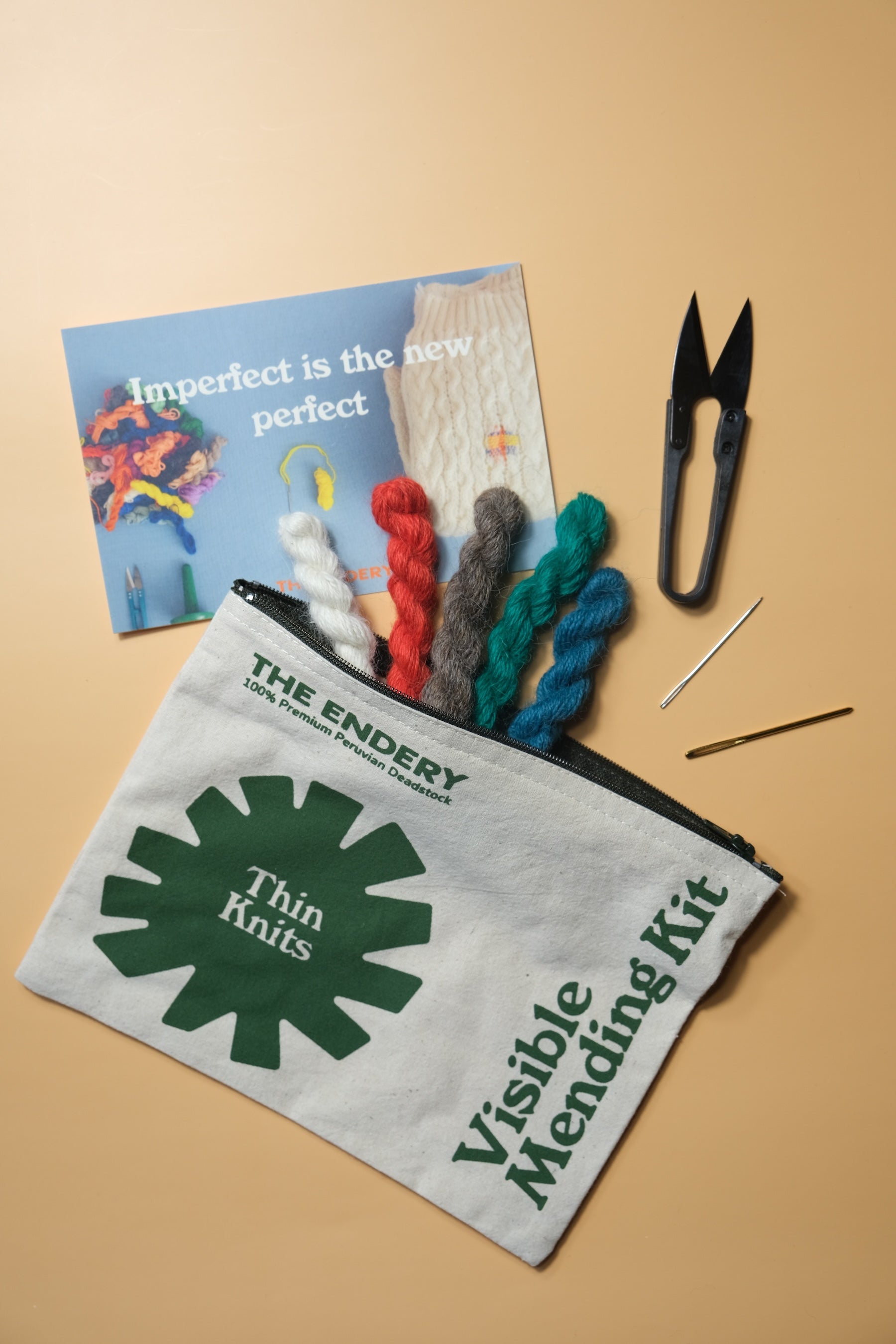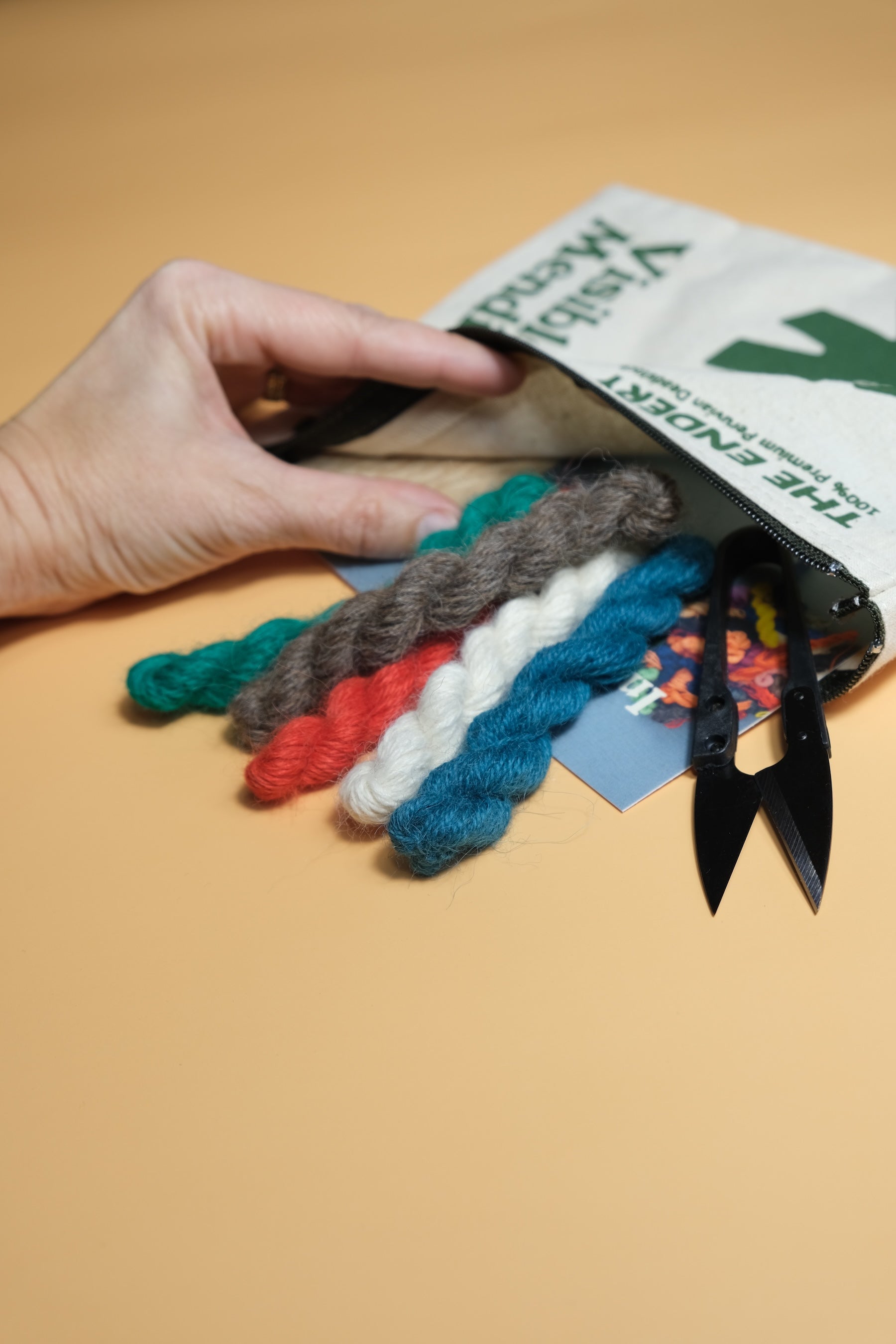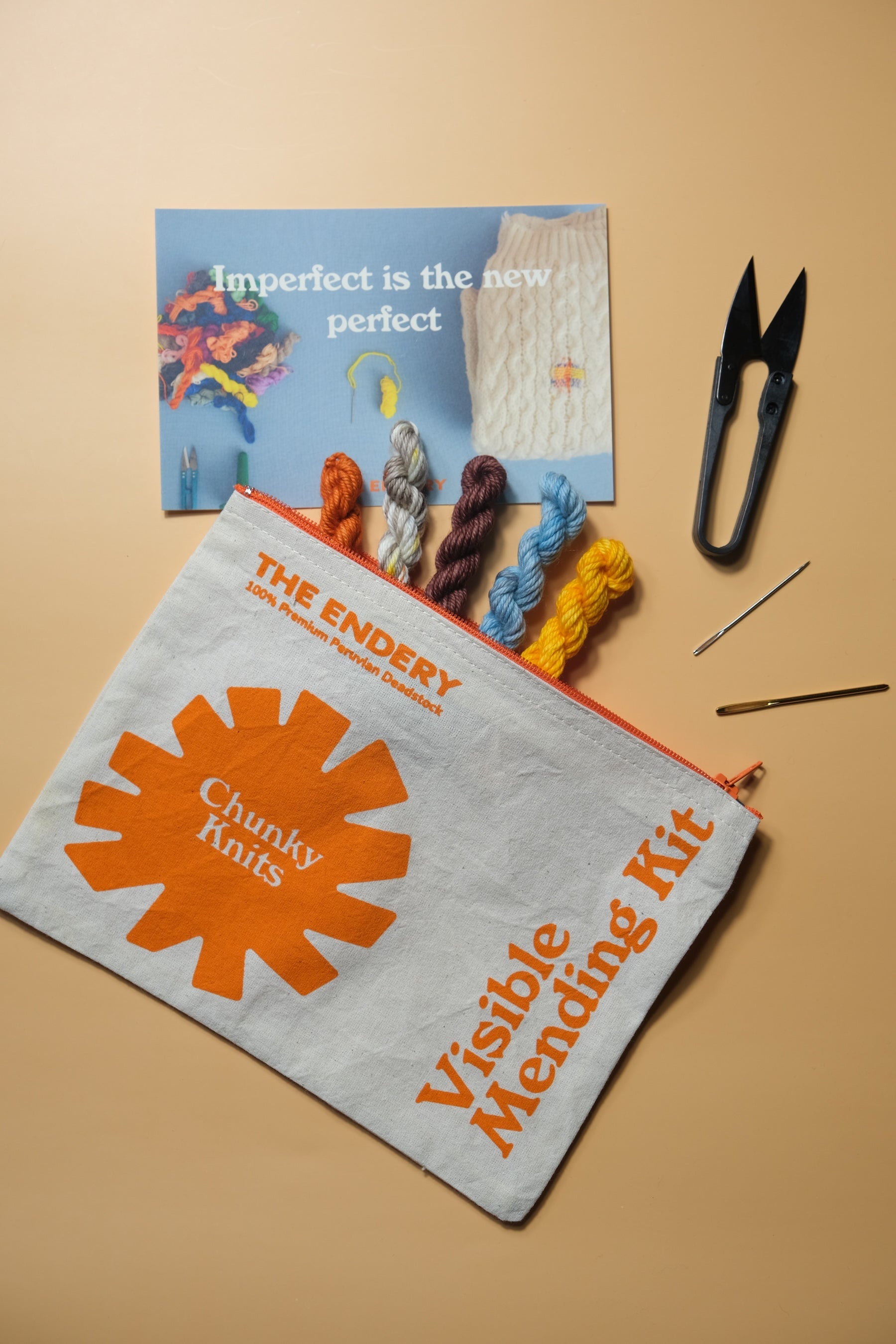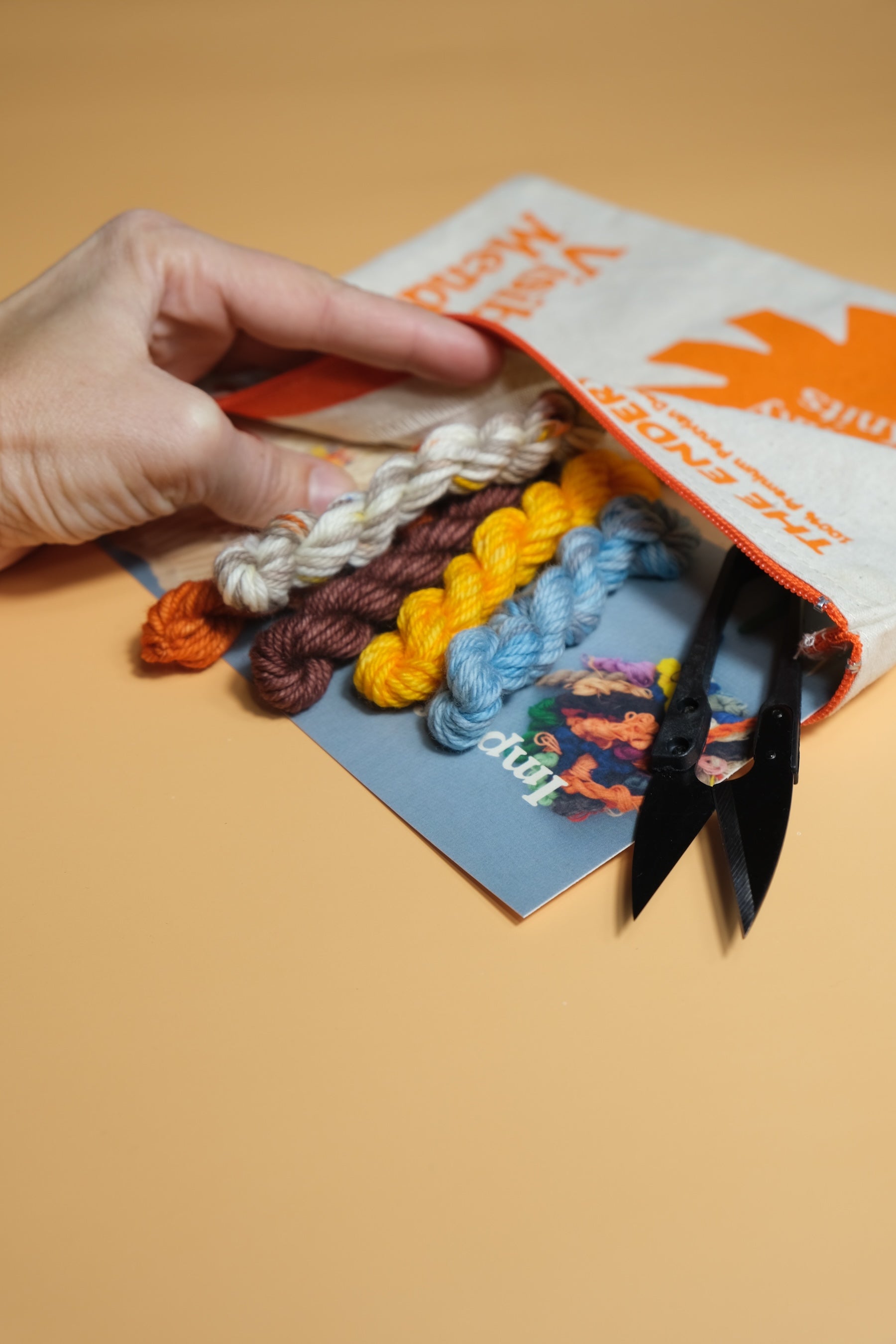Visual mending is more than just a solution to a nagging hole in your clothing. It is also a means of self-expression, taking something broken and celebrating its imperfection with simple needlework anyone can do.
How does Mending Stack Up?
20-30% Footprint Reduction
Keeping materials or garments in active use is one of the best ways to reduce their impact on the environment. In fact, ‘extending the life of a garment by 9 months reduces its carbon, water and waste footprints by 20-30%.’
+$1000 Yearly Savings
The average person spends around $161 per month on clothes that is nearly $2K a year. If you mend instead of purchasing new you could save a lot of money over the course of the year. You could even mend for your friends
81.5lbs Redirected Waste
The average US consumer throws away 81.5lb of clothing every single year. Mending redirects this potential waste by brining worn out clothing back into circulation.
Renee Williams - Repair redefined
"There Is no right or wrong way to mend. If the Item Is mended you have done It the right way."
Let’s Get Started
There are a lot of talented makers out there who take mending to exquisite levels. What we focus on here though is getting started by playing around and getting comfortable.
1. Logistics
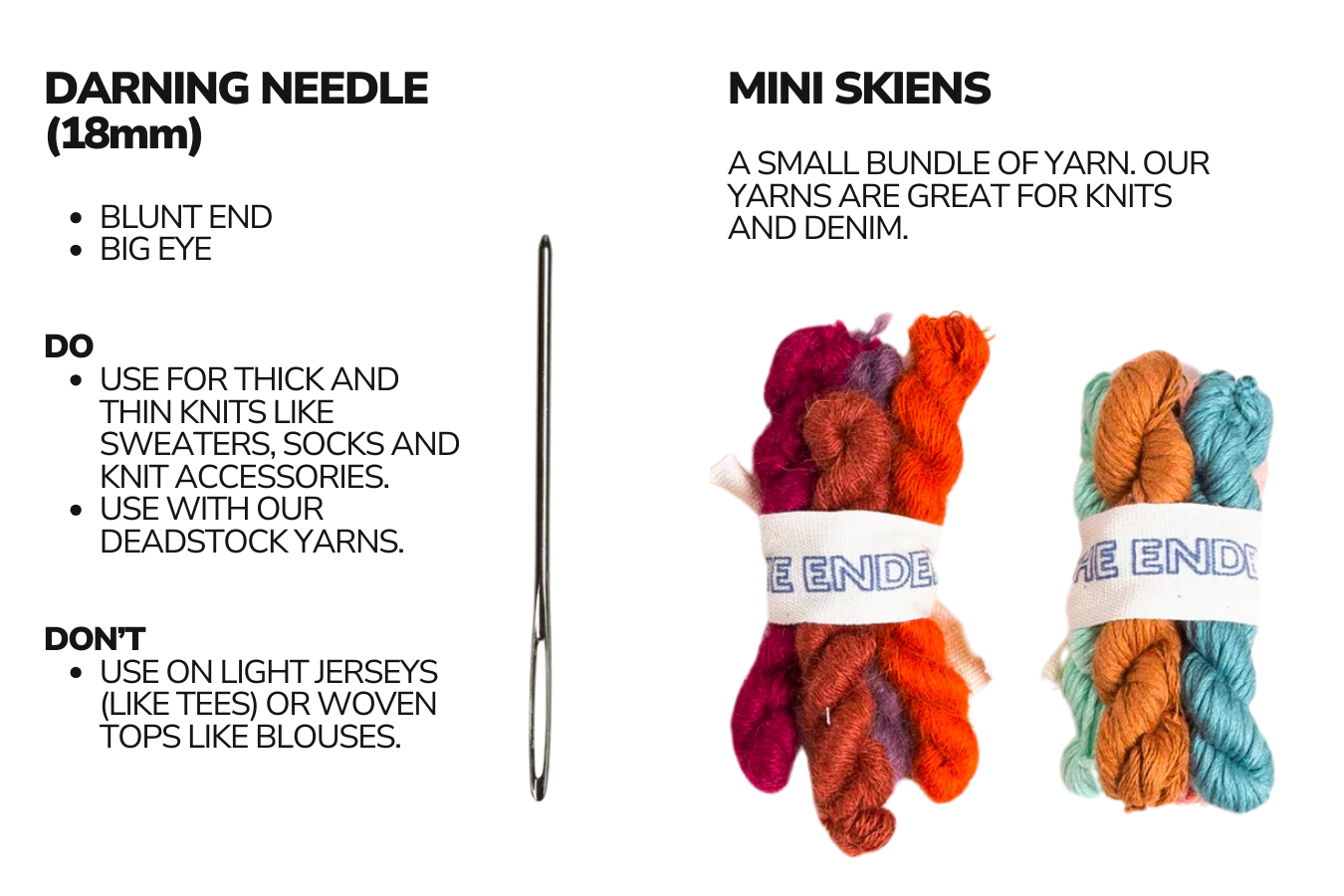
The most important thing you’ll want to look at first is whether your needle and thread work for your mending project. The tools we talk about here (darning needle size 18mm and our miniskeins) are intended for sweater-like knits (not t-shirts or blouses) and even some denim (not too thick, not canvas or drill)
2. Choosing Your Project
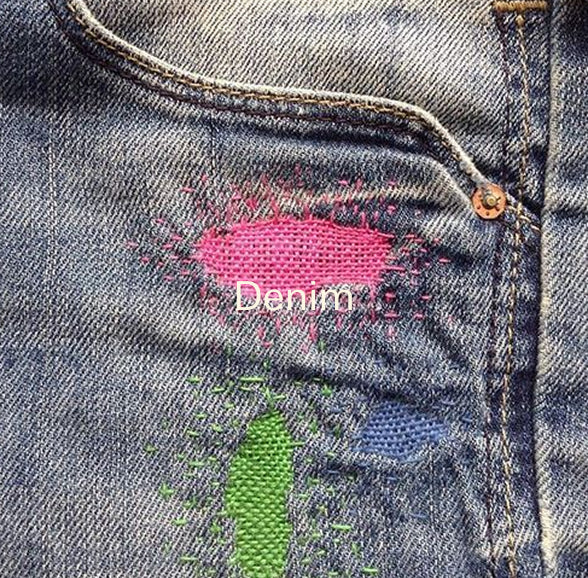
Denim
You can keep it simple with a cotton weave mend, you can use colorful yarn to sew on a patch and you can mix also textures (though stay away from animal hair though if you wash regularly).
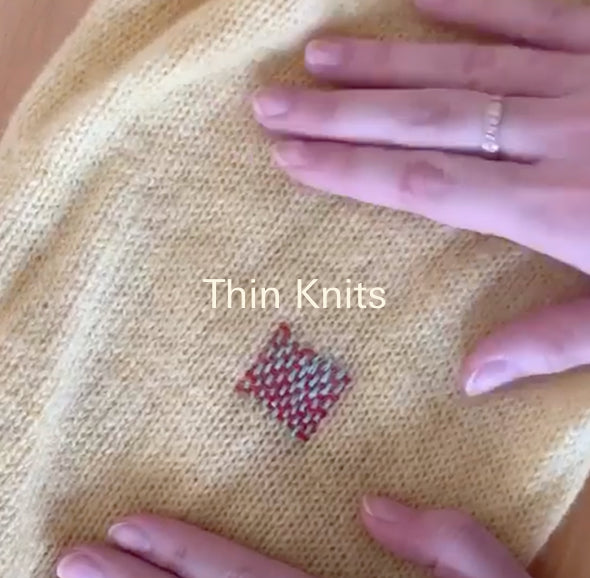
Thin Knits
You’ll likely want to use thinner yarn here to pair better with your sweater. Using a mix is also possible to add texture. Link or photo to alpaca
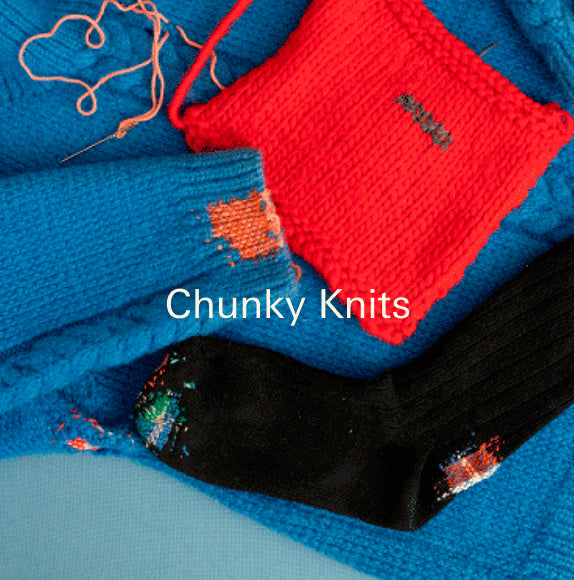
Chunky Knits
Rugs, Furniture, Hats, Gloves, Socks. Use any of the above options to go beyond sweaters & denim, into the world of furniture, rugs, hats, glove, socks, tablecloths, throws, cushions, etc.
3. Machine vs Hand Wash
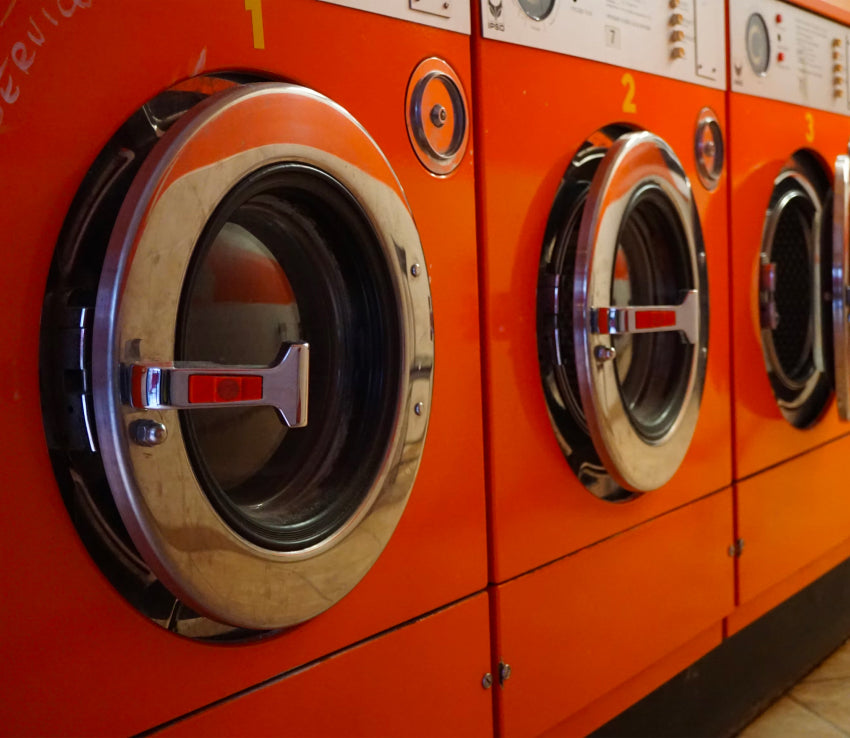
If you’re mending an item that you usually machine wash, we recommend you use pima cotton, which is equally washable. Animal wools, like alpaca, cashmere and wool, should always be hand washed in cold water, or at most, machine washed in a delicates protective bag on the most delicate cycle and always with cold water as warm water will cause animal hairs to felt.
4. Mending 101: Learning Center
For a truly circular economy, we all need to do our part. We welcome our responsibility to educate about mending and customizing your knits. Whatever it takes to keep your clothes in your wardrobe rotation, we want to help.
2. Choosing Your Project
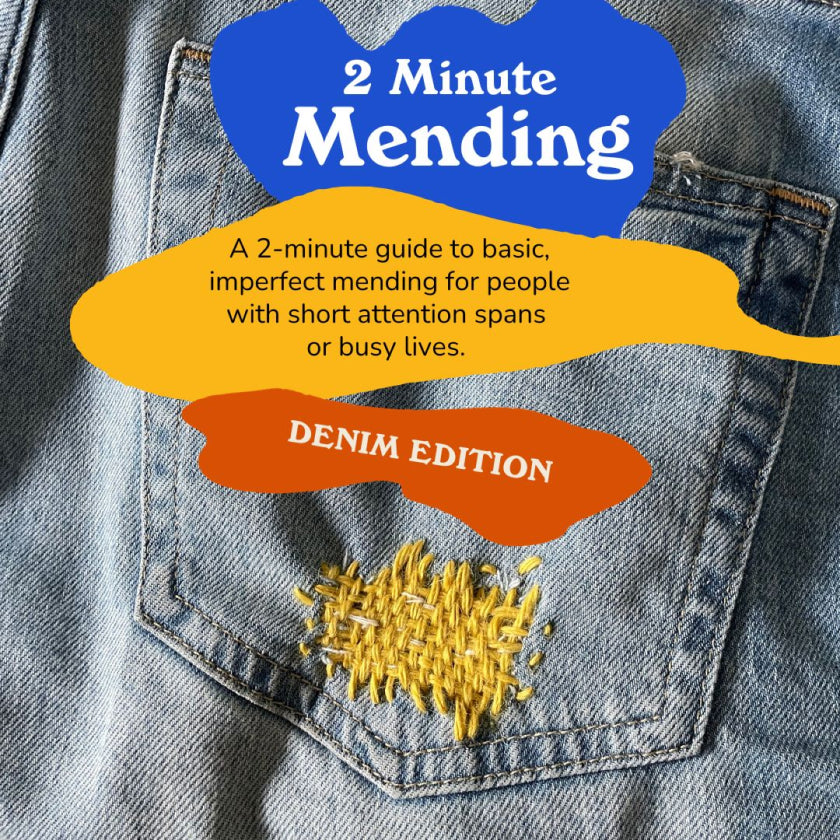
2 Min Mending
Mending is a lot simpler than it looks with minimal time investment. Watch our 2 Minute Mending video to dip into the wonderful world of visible mending.
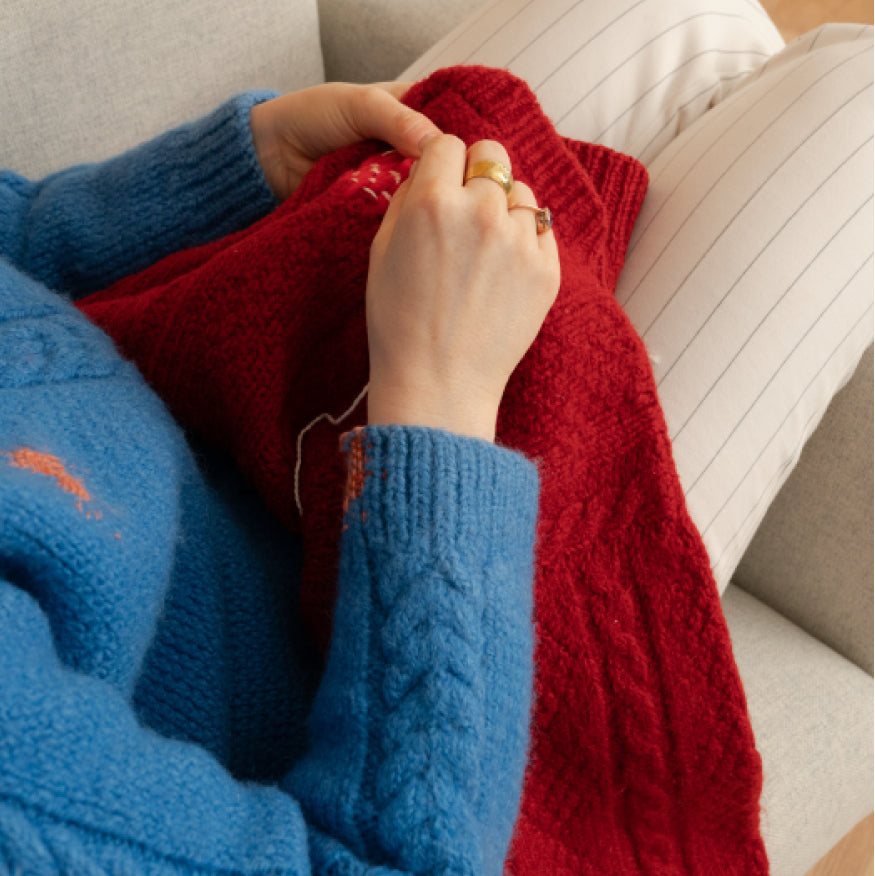
Mending Tutorials
We have pulled easy basic tutorials from some bright makers in our eco system. Explore these simple guided lessons now!
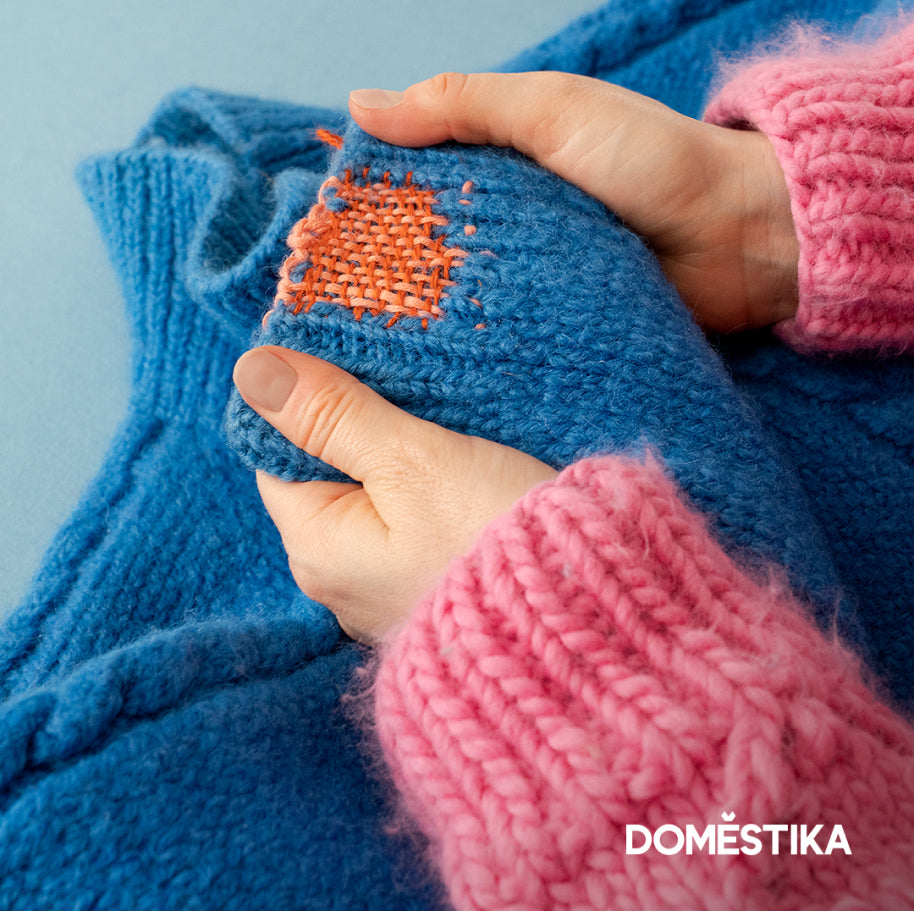
Full Mending Course
Every knit tells a story, and we’re here to tell it (and keep it out for landfills) by passing on our tried and tested best mending techniques with Domestika.
